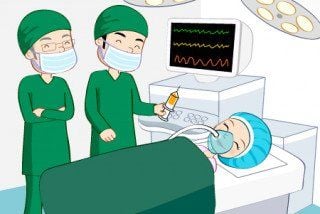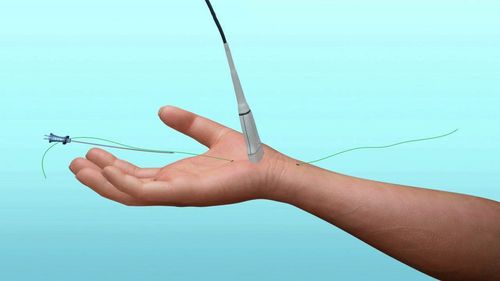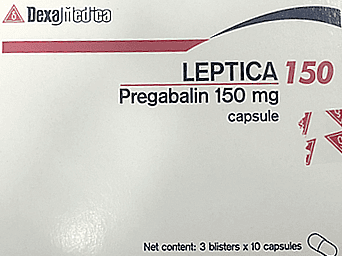This is an automatically translated article.
Postherpetic neuralgia is a common complication of shingles. Nerve pain after shingles causes pain, insomnia, and even depression.
1. Nerve pain after shingles
Shingles is an acute disease of the central and peripheral nervous system, caused by infection with the herpes zoster virus, usually occurring only on one side of the spinal nerve roots. Shingles is common in people who have had chickenpox, most often because the virus stays in the nerve roots until the immune system is weakened or because certain drugs or chemotherapy make the virus active again. .
Postherpetic neuralgia is a symptom caused by the reactivation of the varicella-zoster virus located in the posterior radicular ganglia. This is a chronic pain syndrome that occurs in 9-34% of patients after the shingles rash has healed, usually occurring within 3 months of the shingles outbreak.
Nerve pain after shingles is a condition in which damage to nerve fibers and skin, at the site of the previous shingles rash, has healed, causing persistent pain that can last from many months to more than a year.
2. Causes of pain after shingles
The varicella-zoster virus is a highly infectious DNA virus. A primary infection in a person who is not immune or has incomplete immunity causes chickenpox. The virus invades the root ganglia following post-infection sensation, remaining dormant for decades.
When the virus-specific cell-mediated immunity is reduced, the virus reactivates down to sensory nerves, distributing pain and lesions according to skin zones.
The risk of post-shingles pain increases with age, especially in people over 60 years of age, pre-rash symptoms, multiple rashes, shingles eyes, severe acute pain,...
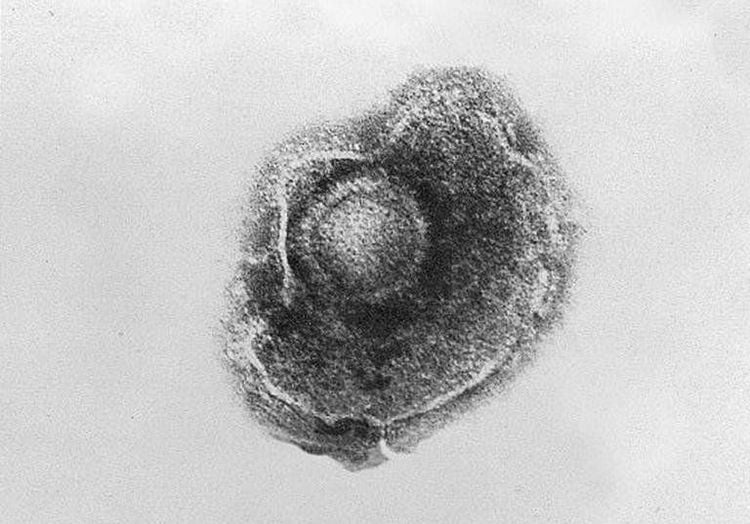
Virus varicella-zoster
3. Diagnosis of shingles neuralgia
To diagnose pain after shingles, the doctor will be based on the clinical manifestations of the patient
The patient has had shingles. outside. Pain persists for months or even years. Burning sensation, sharp pain in the deep. Pain Sensitization: Pain is felt in the presence of non-painful or unpleasant stimuli such as light contact, including contact with clothing, cold or heat. Insomnia and stress can lead to depression. In addition, the doctor may order laboratory tests such as:
PCR technique: a sensitive and specific diagnostic test to detect viral DNA Virus culture has low sensitivity due to mobile herpesvirus and Difficult to detect in scald fluid Direct immunofluorescence antigen staining test is more sensitive and faster than culture. This is an alternative diagnostic test if PCR is not possible
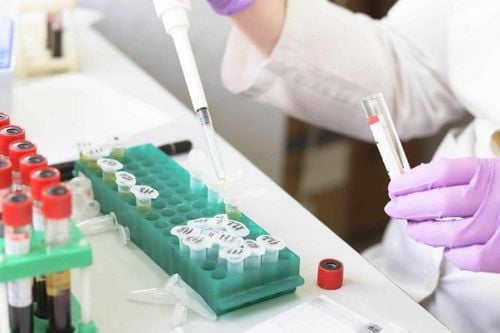
Phương pháp cấy virus
4. Treatment of postherpetic neuralgia
Treatment of postherpetic neuralgia requires thorough treatment of shingles, the goal of treatment is to alleviate symptoms and prevent complications.
Antiviral drugs: treat shingles such as acyclovir, famciclovir or valacyclovir. As soon as the rash appears on the skin, the patient should be taken as soon as possible, the drug is most effective when used within 3 days of the appearance of the skin rash. For immunocompromised patients, intravenous antiretroviral therapy is used. Corticosteroids are used along with antiviral drugs to relieve pain. However, corticosteroids have many side effects on the whole body, so it should be used with caution, usually for patients with severe symptoms and no contraindications to corticosteroids. Antidepressants: amitriptyline, desipramine, nortriotyline. Peripheral analgesics: Pain relievers include: paracetamol, nefopan, aspirin and non-steroidal anti-inflammatory drugs, to relieve acute pain of the patient. However, caution should be exercised when using paracetamol pain relievers because they can impair liver and kidney function, when used in excess. In addition, for the elderly, when taking drugs that cause side effects, they can choose a pain reliever patch.

Điều trị đau thần kinh sau zona bằng thuốc
The process of treating postherpetic neuralgia requires a combination of drugs, and it takes time to adjust to find the right therapy, to minimize the side effects caused by the drug. Therefore, patients are not allowed to arbitrarily use drugs, quit treatment or quit drugs.
Post-herpetic neuralgia is a complication of shingles, caused by the reactivation of the virus, causing difficult pain, anxiety, insomnia, even depression for the patient. Therefore, patients need to be thoroughly treated for shingles, when they see abnormal signs, especially those who have had chickenpox, they should immediately go to a medical facility for examination and reasonable treatment.
Nerve blockade is an injection technique to numb the nerves that supply the pain area. Under the guidance of an ultrasound machine, a pain specialist can pinpoint the nerve that is being attacked by the Herpes virus.
To be provided with the best treatment for acute pain caused by shingles with the cooperation of dermatologists, neurologists, pain doctors and the support of specialized ultrasound machines for nerves, please contact the Pain clinic of Vinmec Times City hospital for the most dedicated and professional care.
Customers can go directly to Vinmec Times City to visit or contact hotline 0243 9743 556 for support.
MORE:
Acute Shingles Pain: New Treatment Strategies Can Shingles Recur? Is it possible to completely treat pain after Zona?




